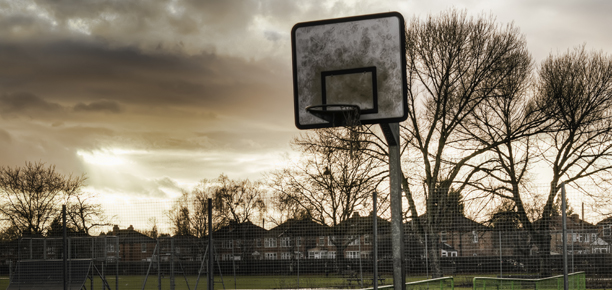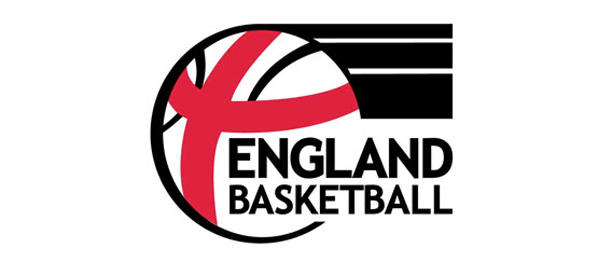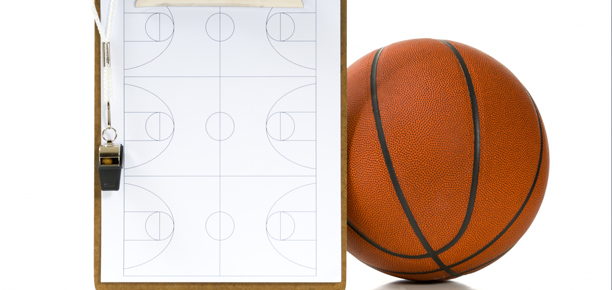Packham: Perfect Practise Makes Perfect

Image: paulrs
By Roy Packham
In my most recent article I compared the standard of coaching in England to that of other European countries and suggested that there should be a complete re-appraisal of coaching courses and coaching qualifications. But of course, it is not just coaches and coaching standards that are responsible for the development of players, especially at an international level; it is extremely difficult to find facilities in which to train, court costs are at times prohibitively expensive, and the sport of basketball is way down the priorities of many councils to name but a few other variables that play a role.
However, just recently I attended a junior tournament and, watching the games, made me realise that one other very important factor is to do with the junior player him/herself .
Basketball is a very high participation sport amongst junior players but how many of these really want to be the best? How many are prepared to give REAL commitment? I know from experience, that if one asks a player, does he want to be the best, to play at a high/international level, he will only too readily say, quite forcefully, that he does. If the questioning continues and he is asked how much he practises, the answer will be “as much as possible”. When asked how often does he practise he will say “well, we train x times a week.”
Yes they may well train and train hard with their club, but this is only a very very small part of what is necessary. It is a fact that extremely few players properly practice by themselves the skills and fundamentals so necessary to become a great player and certainly do not practise “as much as possible”.
What one usually sees at a junior training session is, at the start of the practise session just before the coach starts the session, the player coming on to the court, bouncing the basketball a few times (dribbling?), taking a shot, often from the three point line, collecting the ball, a bit more bouncing, taking another shot from a different position, collecting the ball, then talking to a friend, and so on.
Of course this is not practise and has, in fact, wasted some very valuable practice time. Proper practise is getting on to the court and taking, say, 30 shots from the same position and not stopping until 30 consecutive shots have been scored. Or dribbling, with two basketballs, with eyes shut, taking one between his legs and the other round his back, until he can do it for, say, three minutes without any mistakes. Now, he is practising.
With my own team I gave each player a shot chart to complete at every training session. At the start of training and before we started practice each player had to take 30 shots from each of five designated positions and record shots made, onto the chart. At the end of each month I would collate all the statistics and convert it into an individual graphical chart that would show any improvement.
One advantage I noticed very quickly was that every player became very enthusiastic about his chart and concentrated on his shooting in his effort to beat his team-mates!
If a player really wants to play at a high level, many skills and fundamentals do not need an indoor facility to practise. They can be practiced on any outside court. For dribbling and ball handling not even a court is needed.
In many sports it is typical for a serious athlete to spend 95 per cent of his time practicing and 5 per cent actually doing it for real. Practise is every single day. Should basketball be any different?
Of course, to practise every single day takes not just time and effort, but commitment and a real desire and determination to be the very best, but, it is this desire and determination that will always be the ultimate reason any one player stands out from the crowd (and gets to go abroad!).
The fact that very few players understand what true practise means and entails, is perhaps one factor that coaches do not properly impress on players. Many coaches, while giving hands-on instruction, do not give players a means for continuing self-critique. They don’t provide a specific practice plan or a way for players to observe their own development after completing a few training sessions. Consequently, the player tends to slip into old habits, or develops new faults without even realising it.
Knowing how to practise properly is something every player should be made aware of and by following a daily set practise plan the player will, without question, gain self-confidence and achieve success. .
As a junior, the player should remember that he is not (yet!) a professional player, so should not be too critical of his development. It takes time. However, that time must be used carefully. If he practices properly, he will save a lot of time and find the game of basketball much more rewarding.
Proper practice will build motor memory, in other words, good habits. With the right motor memory, the player will be able to score that shot under pressure or avoid losing the ball when closely defended, even when the ten thousand strong crowd are going wild with just a few seconds to go in the game when the score is tied.
An example of some general rules for a personal practice plan might be:
1. Optimise practice time by organising sessions into a structured program with specific goals clearly in mind. For example “I will shoot xx consecutive free throws” or, “I will take one dribble and shoot xx times and score xx” etc.
2. Work on one thing at a time, don’t be put off or get discouraged just because the shot is missing, eventually you will succeed.
3. Set a reasonable initial target and then increase it when successful in achieving that target.
4. Realise that you are your own teacher and check what you are doing. Be very careful you practice correctly. There is an old adage that good and bad habits have one thing in common, they are both difficult to get out of, so ensure you get good habits.
5. Keep an eye on the ultimate objective and seek small improvements to take you there. A one per cent improvement doesn’t sound much but add up enough ‘one percents’ and you’ll break records.
There is a saying that players don’t plan to fail they simply fail to plan. A good practice plan not only helps to properly execute the fundamentals, but it gives a specific regimen to follow and a program built around the player’s own particular needs (guard, forward, centre, etc.).
He will learn to practice with awareness, observing his own development as he moves through his program and it will also help to provide the kind of feedback needed in order to keep developing.
If he is the type of player who is able to be organised about the things he really cares about, then, he possess an ability almost as powerful as “natural talent”.
There is another saying: practise does not make perfect, but perfect practise makes perfect.
I knew a young player in America who, for certain reasons, had to run 5 miles every day to practise dribbling the ball while he was running; he was so committed to a future in basketball.
In Spain for instance, the better players will have a one to one and a half hour session of general fitness work, then a one hour individual practice, followed by a two hour team practise – every day.
It is an unfortunate fact that the opportunities in England for a rewarding future in the sport are presently close to non-existent, but there are certainly opportunities abroad for the committed player to have a future successful career in the sport.
I would surmise that only 1 in 50 players, if not greater, have the necessary real commitment and desire to have a career in basketball or play at an international level and who would be prepared to practise as suggested in this article.
It is undeniable that the future of basketball is very much dependent on our present junior players and if they all were to practise properly, then there would be a much greater hope for the future of the game in England.
What do you think? Do you practise enough? Do your players want it bad enough? Let us know your thoughts in the comments!






5 Comments